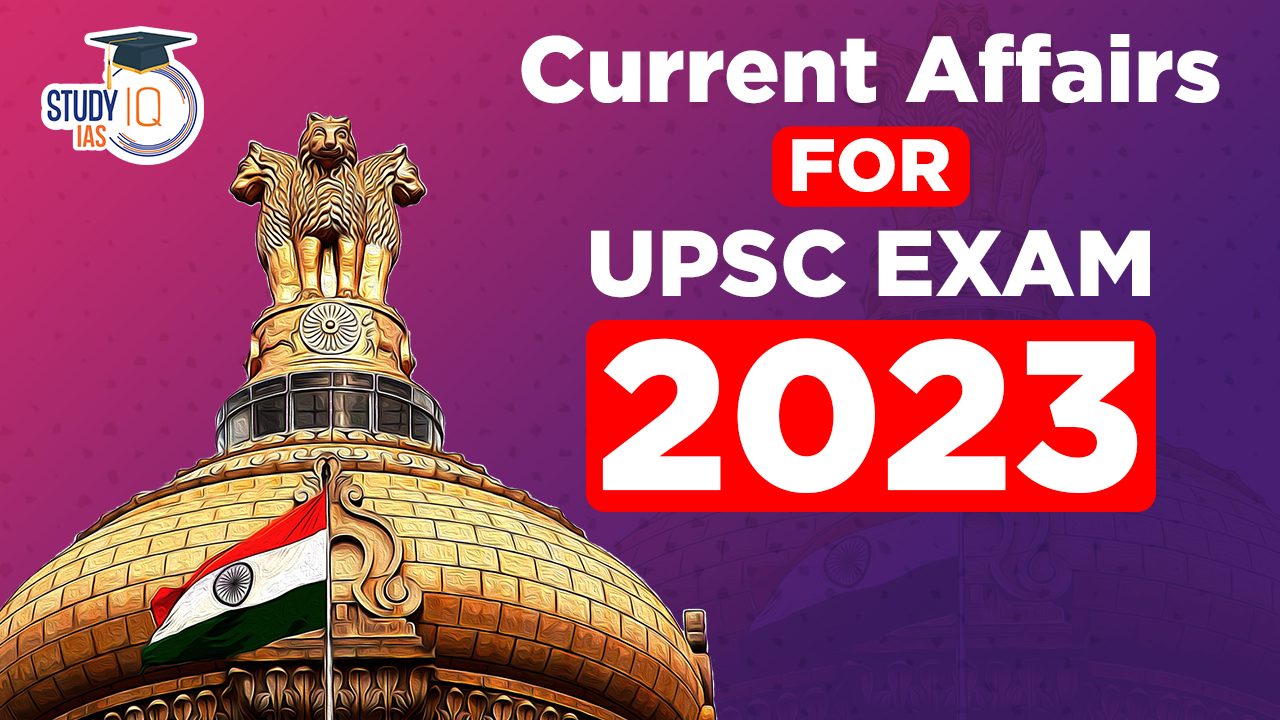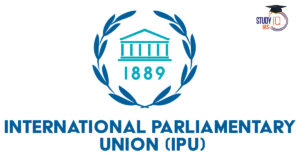Table of Contents
PM JANMAN Scheme
Context: The Union Cabinet has approved the PM JANMAN Scheme.
About Pradhan Mantri Janjati Adivasi Nyaya Maha Abhiyan (PM JANMAN) Scheme
- Introduction: In the 2023-24 Budget
- Objective: The primary goal is to uplift PVTGs socio-economically.
- Scheme Nature: This initiative encompasses both Central Sector and Centrally Sponsored Schemes.
- Implementing Bodies: Implementation will be overseen by Nine Ministries, including the Ministry of Tribal Affairs.
- Key Features: The scheme integrates 11 critical components, already part of existing schemes. These include:
- Construction of durable (Pucca) housing
- Enhancement of road connectivity
- Provision of piped water supply
- Deployment of mobile medical units
- Building of hostels
- Establishment of Anganwadi Centres
- Development of skill training centres
- Extension of electricity connections
- Installation of solar street lighting
- Creation of Van Dhan Vikas Kendra
- Erection of mobile towers
- Additional Initiatives:
- The Ministry of Ayush will extend Ayush healthcare services to PVTG areas through Mobile Medical Units.
- The Ministry of Skill Development and Entrepreneurship will promote skill and vocational training within PVTG communities.
We’re now on WhatsApp. Click to Join
Huntington’s disease
Context: Researchers from the University of Szeged, in Hungary, have taken some important strides by studying fruit flies to understand more about Huntington’s disease.
About Huntington’s disease
- Huntington’s disease is a rare genetic disorder characterised by the progressive degeneration of brain nerve cells.
- It significantly affects an individual’s ability to move, think, and behave normally, leading to a combination of motor, cognitive, and psychiatric issues.
- The disease manifests in two forms:
- Adult-Onset Huntington’s Disease: The most prevalent type, where symptoms typically start after the age of 30.
- Juvenile Huntington’s Disease: A less common variant, affecting children and teens, often progressing more rapidly and presenting slightly different symptoms.
- Cause: The root cause of Huntington’s disease is a mutation in the HTT gene, responsible for producing the huntingtin protein, essential for neuron function.
- Normally, the HTT gene has a sequence specifying the glutamine amino acid repeats in the huntingtin protein, ranging from 11 to 31 times.
- However, in mutated forms, this sequence expands to 35 or more repeats. The severity and earlier onset of the disease correlate with the increased number of repeats.
- Symptoms: Individuals with Huntington’s disease typically experience mood fluctuations, reasoning challenges, involuntary jerking movements, and difficulties in speaking, swallowing, and walking.
- Treatment: As for treatment, while there are medications available to manage the symptoms of Huntington’s disease, they cannot halt the progressive decline in physical, mental, and behavioural functions associated with this condition.
Kudankulam Nuclear Power Plant
Context: During his five-day official trip, the External Affairs Minister of India declared that a significant deal concerning the Kudankulam Nuclear Power Plant was reached with Russia.
About Kudankulam Nuclear Power Plant
- Location and Collaboration: The Kudankulam Nuclear Power Plant is located in Tamil Nadu, India, and is being constructed with the assistance of Russian technology.
- Capacity Goal: Once completed, the plant aims to generate 6,000 MW of electricity.
- Construction Timeline: Initiated in March 2002, the project experienced delays due to protests from local fishermen concerned about nuclear disasters.
- Current Operational Status: As of February 2016, the plant’s first unit has been operating consistently at its full design capacity of 1,000 MW.
- Reactor Design: The plant utilises a Water-Water Energetic Reactor (WWER), which is a type of water-cooled and water-moderated reactor.
- Projected Completion Date: The power plant is anticipated to be fully operational by 2027.
- Management and Operation: The plant is jointly operated by a Russian state company and the Nuclear Power Corporation of India Limited.
Veer Baal Diwas
Context: Veer Bal Diwas is observed on December 26 to honour the martyrdom of Guru Gobind Singh’s youngest sons (Sahibzada Baba Zorawar Singh Ji and Sahibzada Baba Fateh Singh Ji.)
About the History Of Martyrdom
- During the Battle of Chamkaur (1704), Guru Gobind Singh’s youngest sons, Sahibzada Baba Zorawar Singh and Sahibzada Baba Fateh Singh, were captured by the Mughals.
- Unwavering in their faith, they refused to convert or surrender, leading to their unjust execution.
- This horrific ordeal extended to the Guru’s mother, Mata Gujari, and his elder sons, Sahibzaada Ajit Singh and Sahibzaada Jujhar Singh. They all met their ends within a week of the young Sahibzades’ martyrdom.
- Years later, seeking retribution, Baba Banda Singh Bahadur led a righteous campaign and recaptured Sirhind, the site of the executions.
Disruption In Parliament
Context: The recent Winter Session saw a suspension of 146 MPs due to protests involving placards in the Lok Sabha.
Stats IQ
- 15th Lok Sabha (2009-2014): Experienced the most significant interruptions in two decades, with over 50% of Lok Sabha and over 40% of Rajya Sabha sitting hours lost to disruptions.
- The 6th session of the 15th Lok Sabha lost over 90% of sitting hours due to protests for a Joint Parliamentary Committee investigation into various corruption allegations.
- The 221st session of the Rajya Sabha had 88% of sitting hours lost due to interruptions.
- Issues such as the formation of Telangana and the arrest of Indian fishermen by the Sri Lankan Navy contributed to over 80% loss of sitting hours in the 15th session of the 15th Lok Sabha.
- The UPA-II government passed 179 bills during the 15th Lok Sabha.
- 16th (2014-2019) (NDA-led) and the current 17th Lok Sabha passed 180 and 207 Bills, respectively.
- A notable concern is that 64 out of 172 Bills in the current Lok Sabha were passed with less than an hour of discussion.
- In comparison, the 15th Lok Sabha passed 44 Bills and the 16th passed 24 Bills with less than an hour of discussion.
- The Rajya Sabha passed 61 Bills with less than an hour of discussion during the tenure of the 17th Lok Sabha, an increase from 34 and 39 Bills during the 15th and 16th Lok Sabhas, respectively.


 SAMARTH Udyog Bharat 4.0: Transforming I...
SAMARTH Udyog Bharat 4.0: Transforming I...
 BHIM 3.0 Launched by NPCI: Key Features,...
BHIM 3.0 Launched by NPCI: Key Features,...
 150th Summit of Inter-Parliamentary Unio...
150th Summit of Inter-Parliamentary Unio...





















